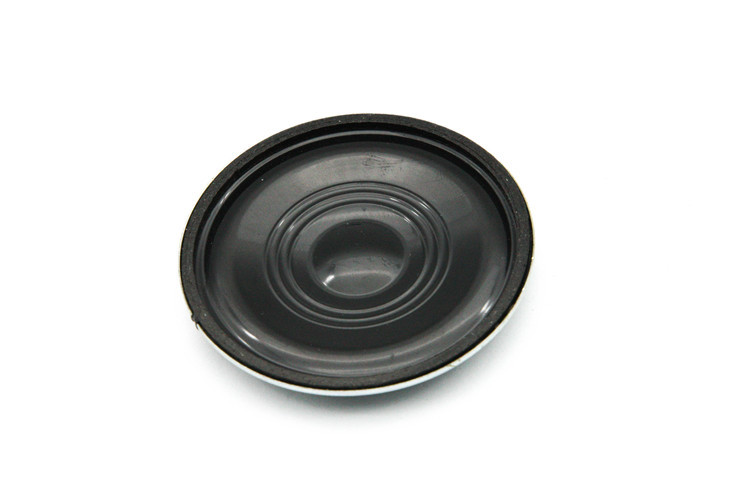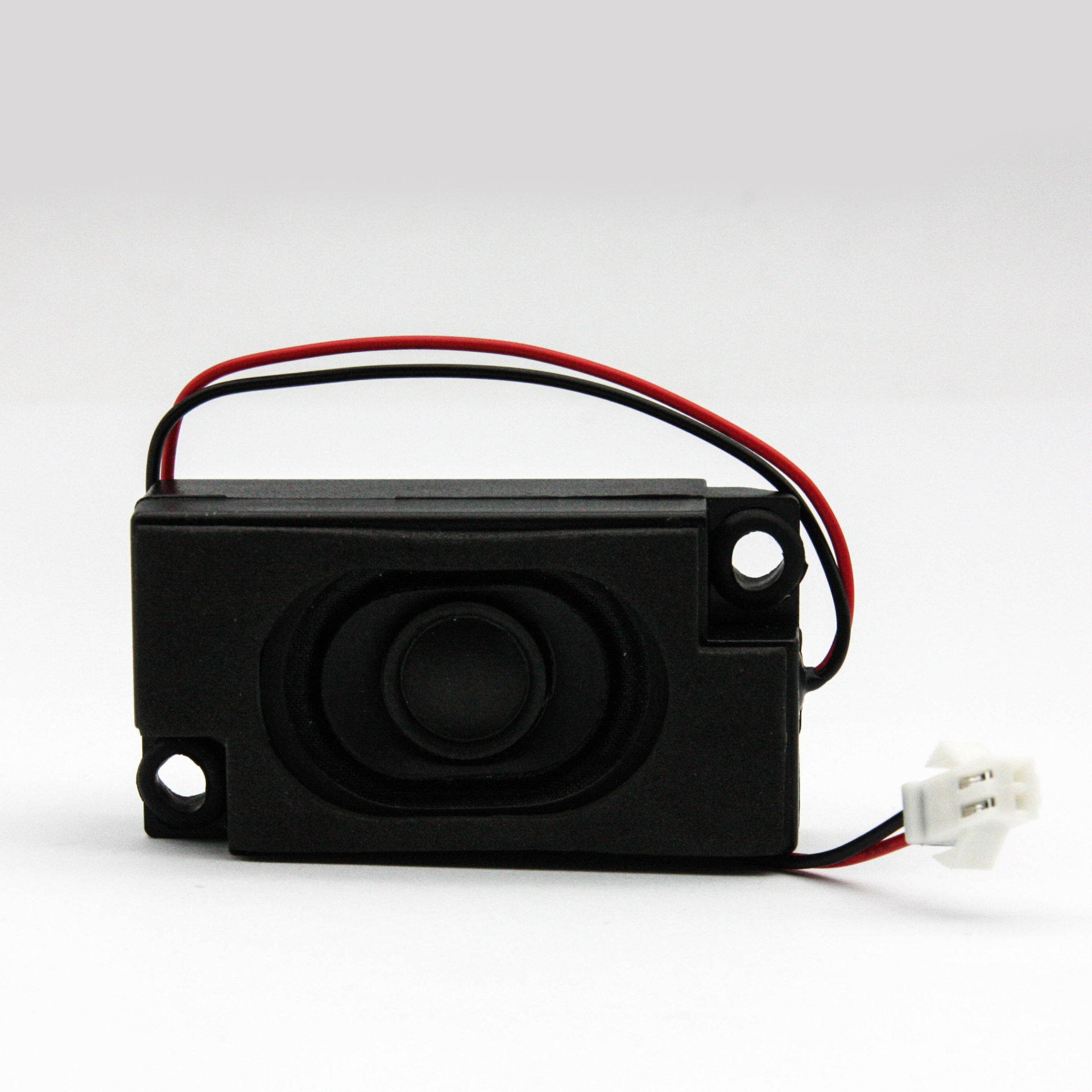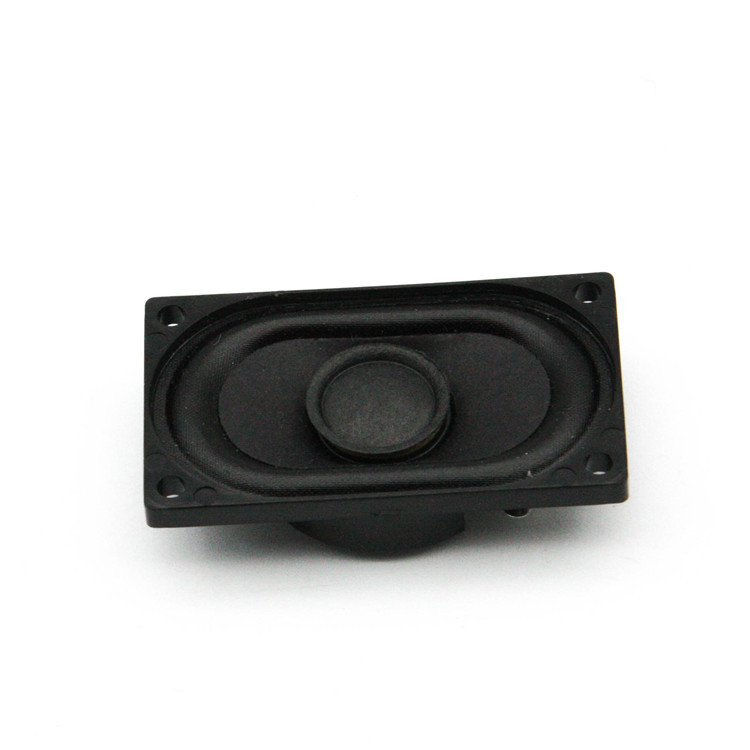SMD buzzer manufacturers to explain to you the use and function of the buzzer
Release time:
2021-04-20
SMD buzzer manufacturer will explain to you the purpose and function of the buzzer

buzzer is a pronunciation device that converts sound signals into sound signals. It is widely used in electronic products in household appliances, banks and other important alarm systems.

buzzer is mainly used for prompt and alarm. According to the design and use, it can emit various sounds such as music sound, whistle sound, buzzer sound, alarm sound, ringtone, etc.
The buzzer used by the washing machine emits a buzzer sound, which often urges the user to operate the process. Most buzzers applied to the burner will sound an alarm to warn the user that the burner is drying. The buzzer used as a doorbell has many "dong" and music sounds to encourage guests to visit. There are many buzzers installed in the bank and home warning area. If someone enters the warning area, the buzzer will emit an alarm sound through sensor control. Buzzers used in factories and schools ring more.

Buzzer Driving Mode
Since the self-excited buzzer is driven by DC voltage, it does not need to be driven by AC signal. It only needs to output the driving level to the driving port and amplify the driving current with transistor to send out the buzzer. Because it is very simple, the self-excited buzzer is not explained here. Only other energizing buzzers driven by a square wave signal with a duty cycle of 1/2 will be described herein.
Single-chip microcomputer drives the buzzer in two ways: the direct drive of PWM output port and the drive waveform generated by I/O timing inversion level.
PWM output port direct drive, the use of PWM output port itself can output a certain square wave, directly drive the buzzer. In the software setting of the single chip microcomputer, there are several system registers used to set the output of the PWM port, which can set the duty cycle, period, etc. After generating a waveform meeting the frequency required by the buzzer by setting these registers, the output PWM output, for example, in the driving of the buzzer with a frequency of 2000Hz, it can be seen that the period is 500s, only the period of PWM is set to 500s, and the level of duty cycle is set to 250s, A square wave with a frequency of 2000Hz will be generated, and the square wave will be reused through the transistor to make the buzzer disappear
. On the other hand, the method of generating a driving waveform by using the timing inversion level of I/O is more troublesome. When the timing is obtained by using a timer, a waveform conforming to the frequency required by the buzzer can be generated by using the timing inversion level, and the waveform can be used for driving the buzzer. For example, in the driving of a buzzer of 2500Hz, it can be known that the cycle is 400s. As long as the I/O port of the buzzer is inverted every 200s, a square wave with a frequency of 2500Hz and a duty cycle of 1/2 will be generated, and the buzzer can be driven by transistor amplification.
Well, today's SMD buzzer factory will explain it here. I believe everyone will have a new understanding of this time and will definitely not be blind when choosing next time. In addition, everyone can pay attention to our SMD buzzer factory. If you have any questions you don't understand, please contact our customer service personnel at any time. The world pays off. I wish everyone a good mood every day and everything goes well! 22
SMD buzzer, speaker, active buzzer
Previous Page
Latest News
Message
*Note: Please be sure to fill in the information accurately and keep the communication open, we will get in touch with you as soon as possible
Phone:+86-519-83822009
Phone: +86-13813568186
Fax: +86-519-88739926
Address: Zhenglu Town, Tianning District, Changzhou City, Jiangsu Province

